Beneath your cat’s purrs and cozy naps lies the heart of a hunter. While they may lounge on your sofa, they’re wired to think and act like miniature wild predators. From stalking “prey” in your living room to displaying fierce independence, these personality traits reveal how primal your kitty is. Here are 15 signs that your cat might be a tiger at heart.
1. They Make Stalking Movements Around the House
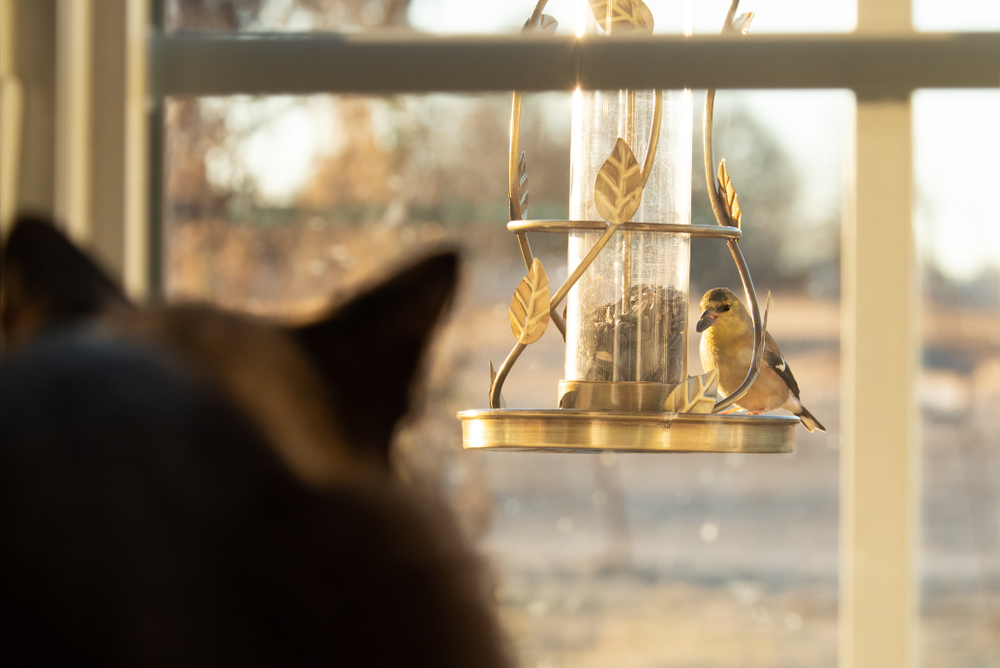
If your cat stalks everything from toys to unsuspecting ankles, it’s their predatory instincts kicking in. Stalking behavior is a clear sign of a hunter. Those slow, calculated steps and intense focus mimic how wild cats approach prey. This behavior isn’t just play—it’s practice. By embracing their need for stealth and engaging in games that let them “hunt,” you’re tapping into a fundamental part of who they are.
2. They Pounce as an Expression of Playful Aggression

When your cat leaps on toys (or your feet), they’re tapping into their wild side. Pouncing is a skill that wild predators use to catch prey, and domestic cats are no different. This behavior might look playful, but it’s rooted in survival. Offering pounce-friendly toys can satisfy this instinct, keeping your kitty engaged and giving them a safe outlet for their inner hunter.
3. They Have Heightened Alertness and Senses
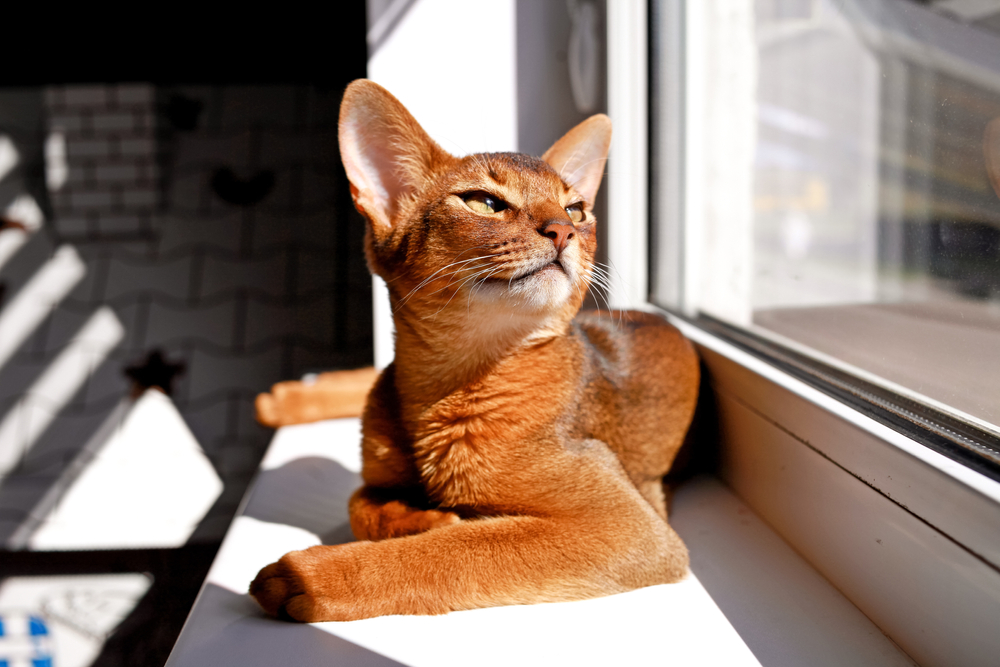
Ever notice your cat’s ears twitch at the faintest sound or their pupils widen in low light? Cats have acute senses designed for survival. Their ability to hear even the quietest noise or see in dim lighting is a remnant of their wild ancestry. These heightened senses help them stay on high alert, even in the safety of your home, always ready to respond to “prey.”
4. They Prefer Ambush Over Confrontation
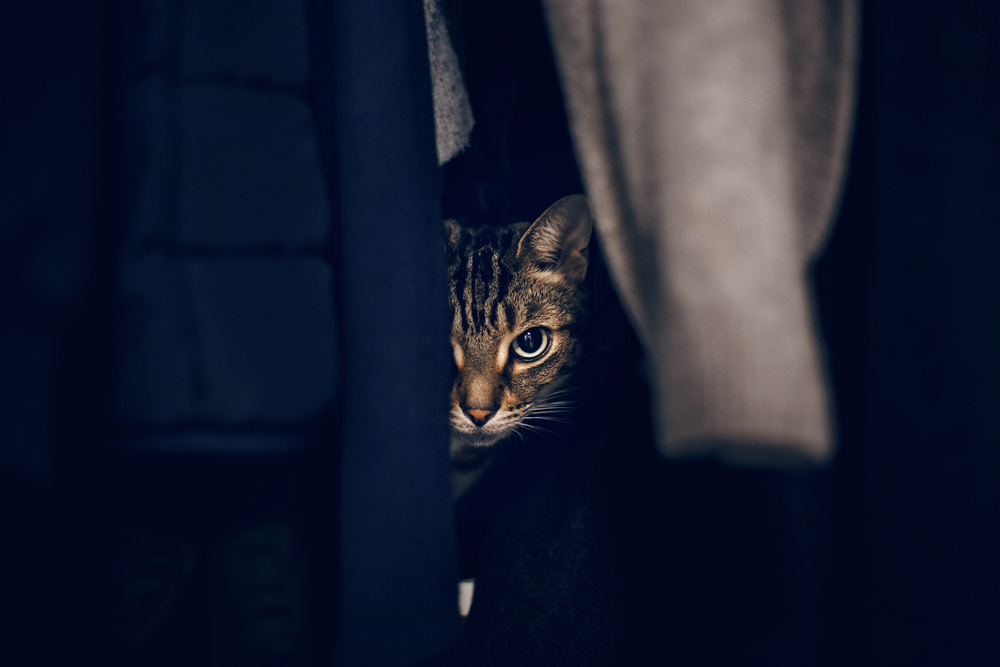
A cat’s favorite way to approach is often from a hiding spot, ready to surprise. This love for ambush shows how they strategize like wild hunters. Whether hiding behind furniture to pounce on you or lurking in dark spaces, they naturally prefer stealth over direct confrontation. Ambush-style play, with tunnels or hidden toys, allows them to embrace this sly side.
5. They Exhibit Territorial Behavior

Cats can be very territorial, marking their space and setting boundaries. Rubbing their scent on objects, scratching surfaces, and patrolling their area shows they’re still protecting their “domain.” This behavior is similar to how wild cats secure their hunting grounds. Respecting your cat’s boundaries and providing personal spaces around the house lets them feel like the undisputed ruler of their indoor “territory.”
6. They Stare Intently to Assess Threats
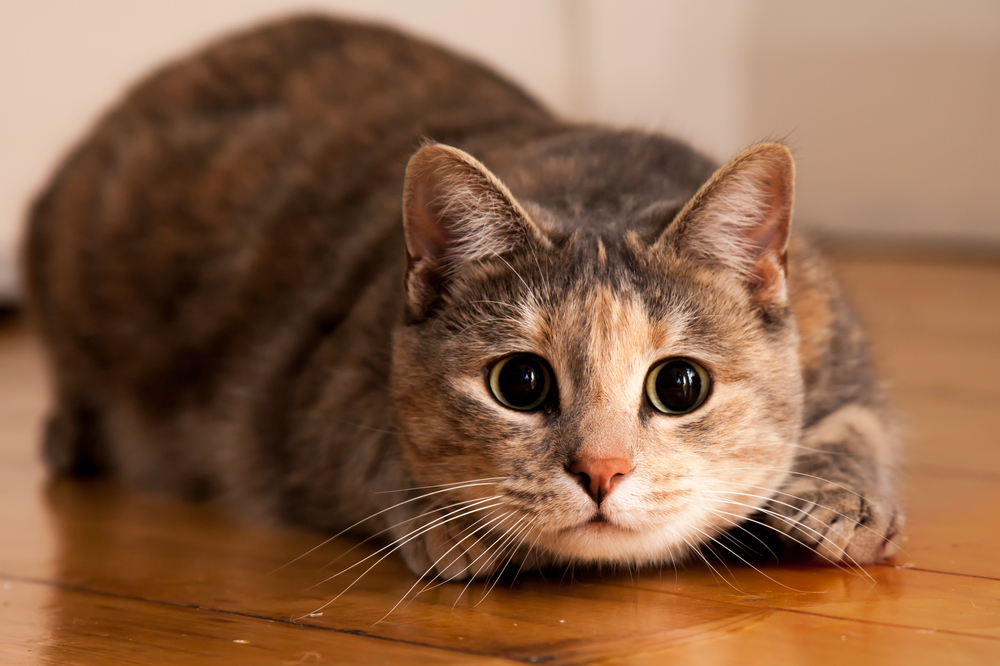
If you’ve ever felt like you’re being watched, you probably were—by your cat. A long, intense stare is their way of sizing up threats or determining if “prey” is worth the chase. This behavior is part of their predator instinct to carefully observe before acting. By acknowledging this, you can offer them ways to use their laser-like focus, like interactive laser or feather toys.
7. They Consider Heights a Survival Advantage

Climbing to high vantage points isn’t just fun for your cat; it’s an instinctual behavior that offers them a sense of security and control. Wild cats seek out elevated areas to observe potential prey or stay safe from threats. Providing high perches or cat trees helps them feel like the apex predator they are, giving them the satisfaction of surveying their “territory.”
8. They Have Sharp Claws for Defense
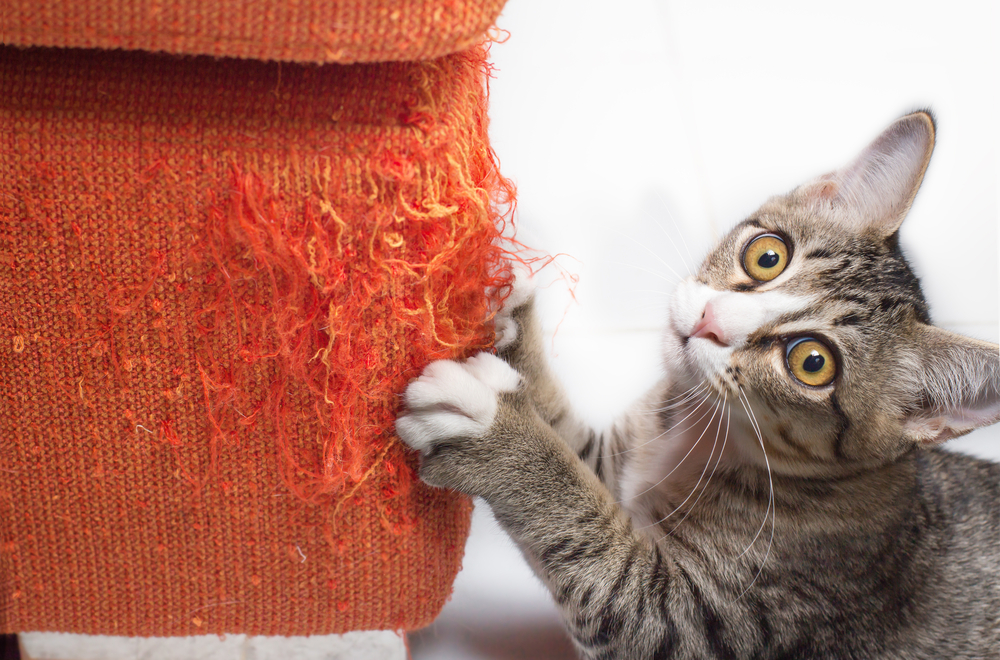
Your cat’s claws are tools for both hunting and defense, just like their wild counterparts. They use their claws for climbing, scratching, and fending off anything that feels threatening. When they scratch furniture or trees, they mark their space and keep their “weapons” sharp. Giving them scratching posts or pads allows them to exercise this essential part of their wild instincts.
9. They’re Deeply Independent and Self-Sufficient
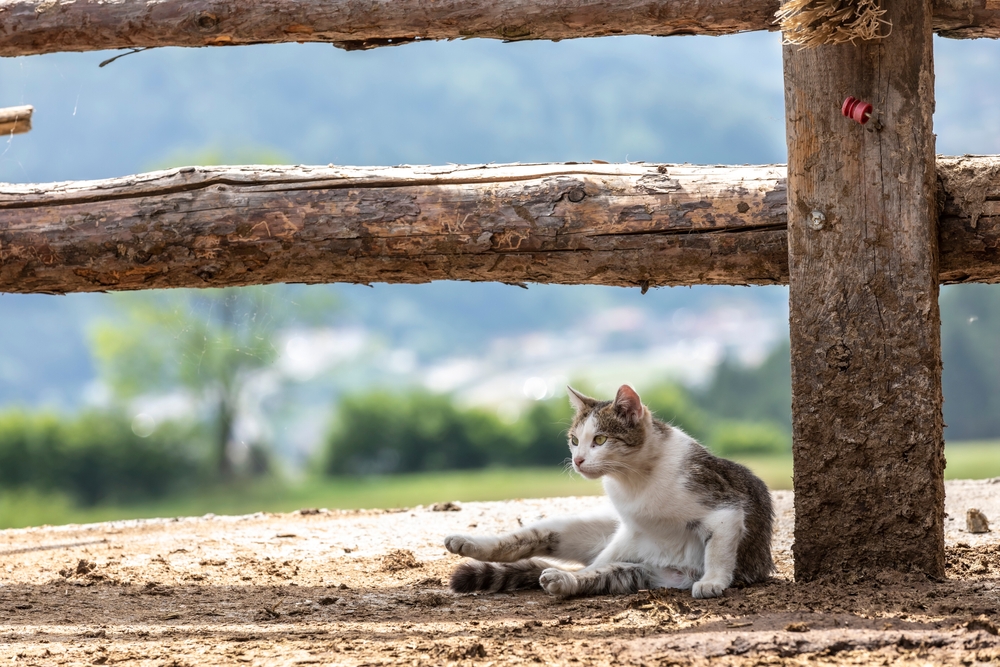
Cats are famously independent creatures, often preferring their own company. This independence is a hallmark of solitary predators, who rely on their skills rather than a pack for survival. A cat’s desire for personal space and control over interactions reflects this self-sufficiency. Giving them a choice in when to interact honors this side of their personality, recognizing that they’re still a bit of a lone hunter at heart.
10. They Go From Calm to Intense in Seconds
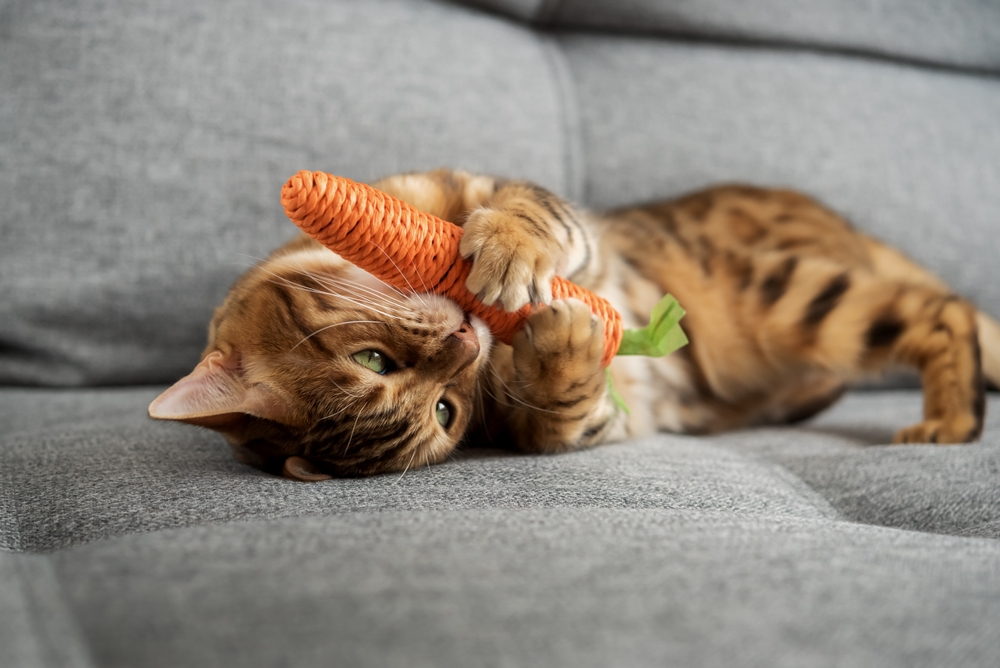
Cats are masters of the quick switch—calm one moment, ready to pounce the next. This intensity shift mimics the vigilance of wild cats, who need to be prepared to act quickly. A cat’s ability to go from napping to hunting mode is a survival instinct. Channeling this energy into short bursts of active play can keep them happily engaged and let them release their hunting drive.
11. Their Tail Twitches Incessantly
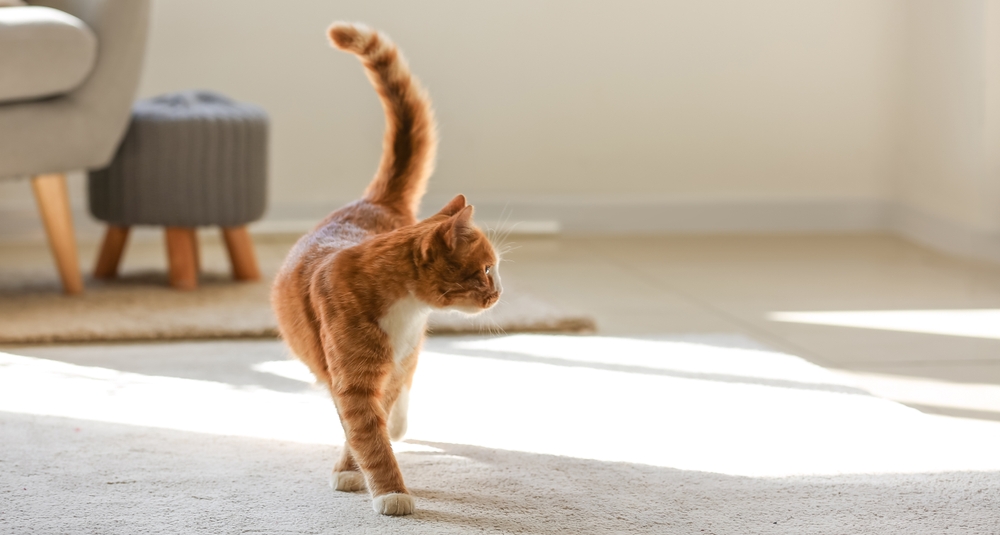
A twitching tail isn’t just random movement; it’s a sign that your cat is fully focused or sometimes agitated. A tail twitch might help maintain balance or signal an emotional state in the wild. When they’re watching a bird or feeling annoyed, that tail movement is part of their natural response. Observing their tail can help you understand their mood and respect their space if they feel intense.
12. They Give Quick Swipes as Defensive Warnings
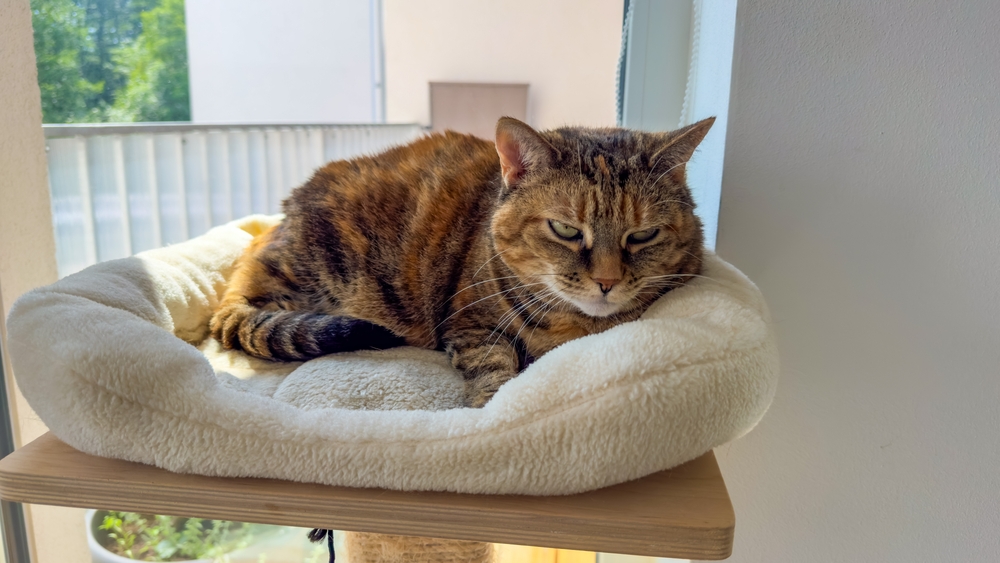
When your cat swipes a paw, they’re issuing a warning—just as a wild predator would. Cats use these quick, calculated swipes to communicate that they want space or feel threatened. It’s a part of their defensive toolkit that ensures they stay in control of their interactions. Recognizing these “back off” signals strengthens your bond and shows respect for their natural boundaries.
13. They Move Silently to Avoid Detection
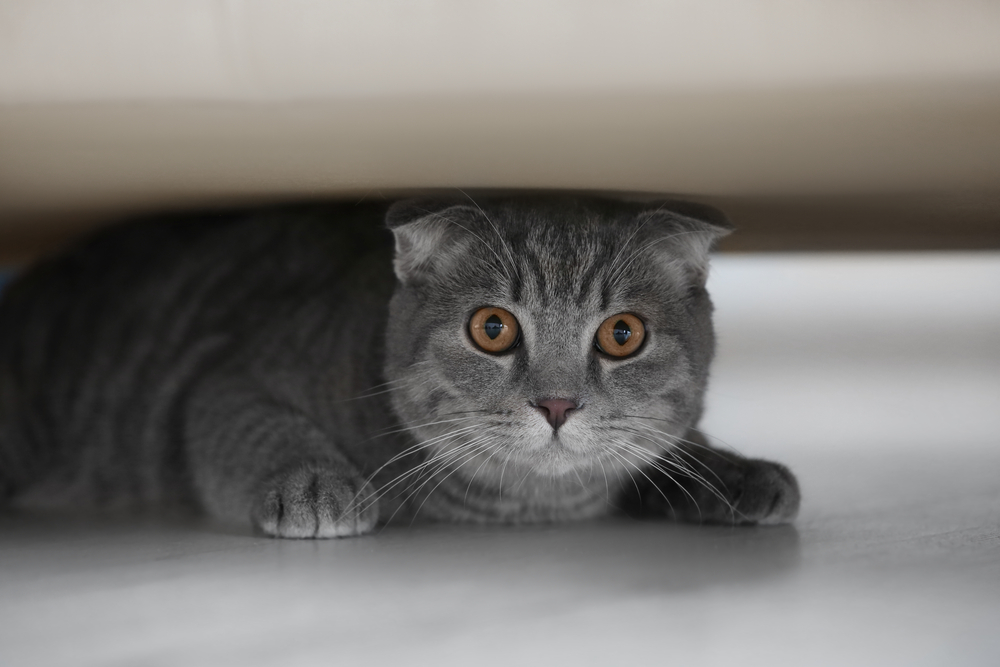
Have you ever noticed how silently your cat can move? This stealthy, almost ghost-like movement is a direct inheritance from their wild ancestors, who depended on quiet steps to catch prey undetected. Whether sneaking up on a toy or quietly entering a room, this quiet movement is part of their instinctual hunting skills. Encouraging “sneaky play” can let them showcase this skill.
14. They Display Deep Curiosity
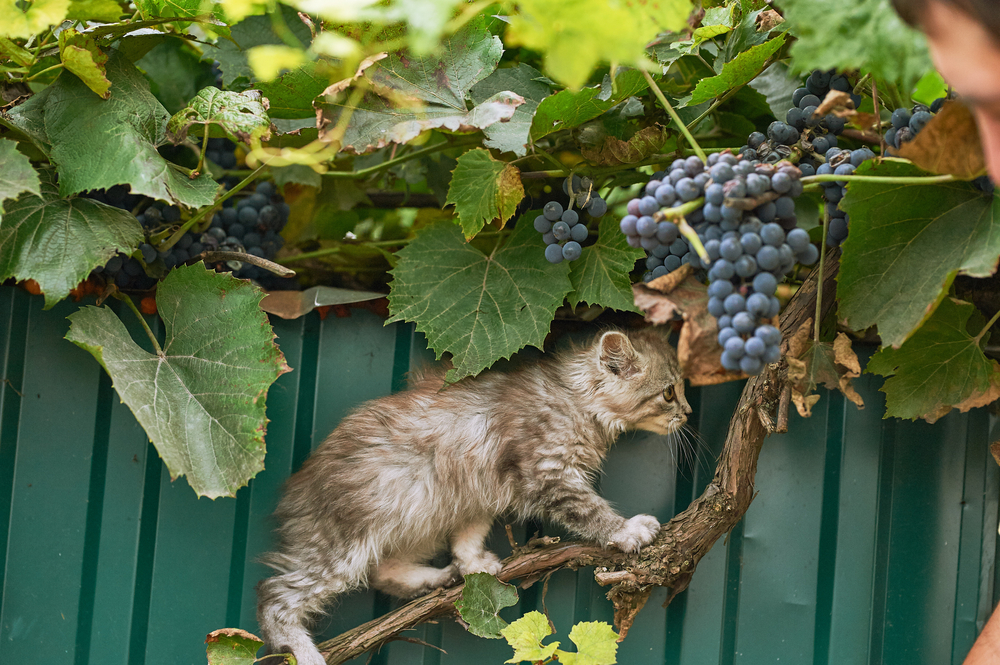
Cats are famously curious, often exploring every nook and cranny. This drive for discovery is linked to their survival instinct, as wild cats need to investigate their surroundings for potential prey or hazards. A curious cat is a smart, engaged cat. Allowing them to explore safely within your home satisfies this primal urge, whether investigating new rooms or exploring interactive puzzle toys.
15. They Preferring Solitary Hunting Over Group Play
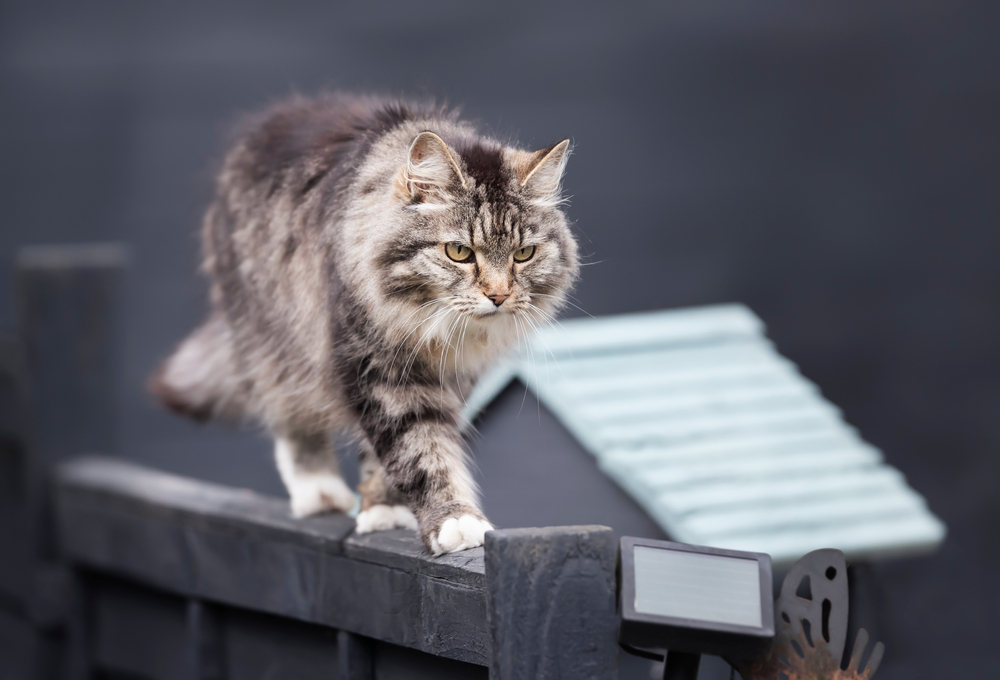
Unlike dogs, cats are typically solitary hunters, a trait they’ve carried from the wild. While they may tolerate or enjoy group play with humans, they often prefer solo “hunts” that mirror their independent nature. By giving them solo playtime with toys, they can “stalk” and “catch,” you’re catering to their instincts and allowing them to embrace their wild, independent streak.
